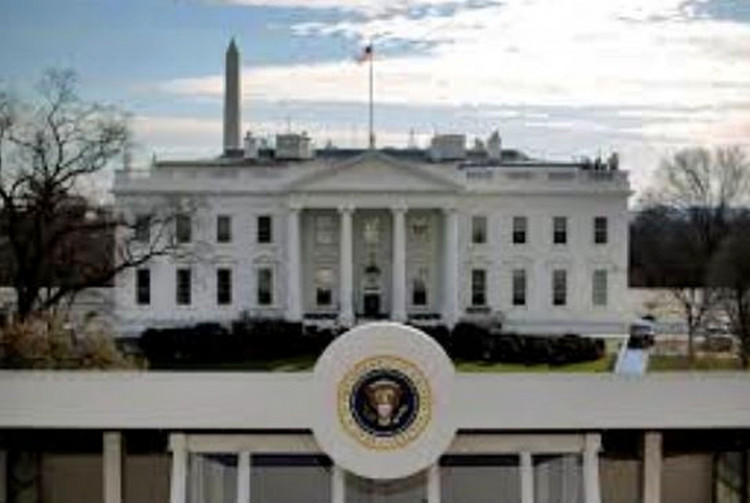The United States' federal budget deficit from October 2018 to January 2019 skyrocketed by 77 percent year-on-year as government expenses exploded while tax revenues fell precipitously.
Economists again blamed the Republican Party's Tax Cuts and Jobs Act (TCJA) of 2017 for this increasingly perilous fiscal morass. The Department of the Treasury said the deficit rose to $310 billion compared to only $176 billion the year before.
Treasury said revenue from taxes collected from individuals from October 2018 to January 2019 fell 2% to $19 billion. Revenue from corporations plummeted 22% to $58.9 billion from $75.5 billion.
The Congressional Budget Office (CBO) now estimates the federal budget deficit will zoom to $900 billion starting in this year. It said the deficit is expected to exceed $1 trillion each year beginning in 2022.
The expanding deficit is also fueling the national debt.
Last month, Treasury reported the national debt soaring to $22.012 trillion, a jump of more than $30 billion in January. The U.S. added more than $1 trillion in debt in the last 11 months to January. The national debt stood at $19.95 trillion when president Donald Trump took office.
Economists and other experts are now loudly warning this unwarranted debt is hard proof the United States is on an unsustainable financial path that will jeopardize the economic security of every American in decades to come.
The national debt began rising at this breathtaking pace following the passage of president Donald Trump's $1.5 trillion tax cut package in Dec. 2017. The national debt, which is the total of the annual budget deficits, began soaring on account of the Republican's unwise move to increase spending on domestic and military programs.
"Reaching this unfortunate milestone so rapidly is the latest sign that our fiscal situation is not only unsustainable but accelerating," said Michael A. Peterson, CEO of the Peter G. Peterson Foundation, a nonpartisan organization working to address the country's long-term fiscal problems.
Peterson blamed the fast-rising national debt to "a structural mismatch between spending and revenues." The biggest debt drivers are the aging population, far too expensive healthcare costs and growing interest payments.






